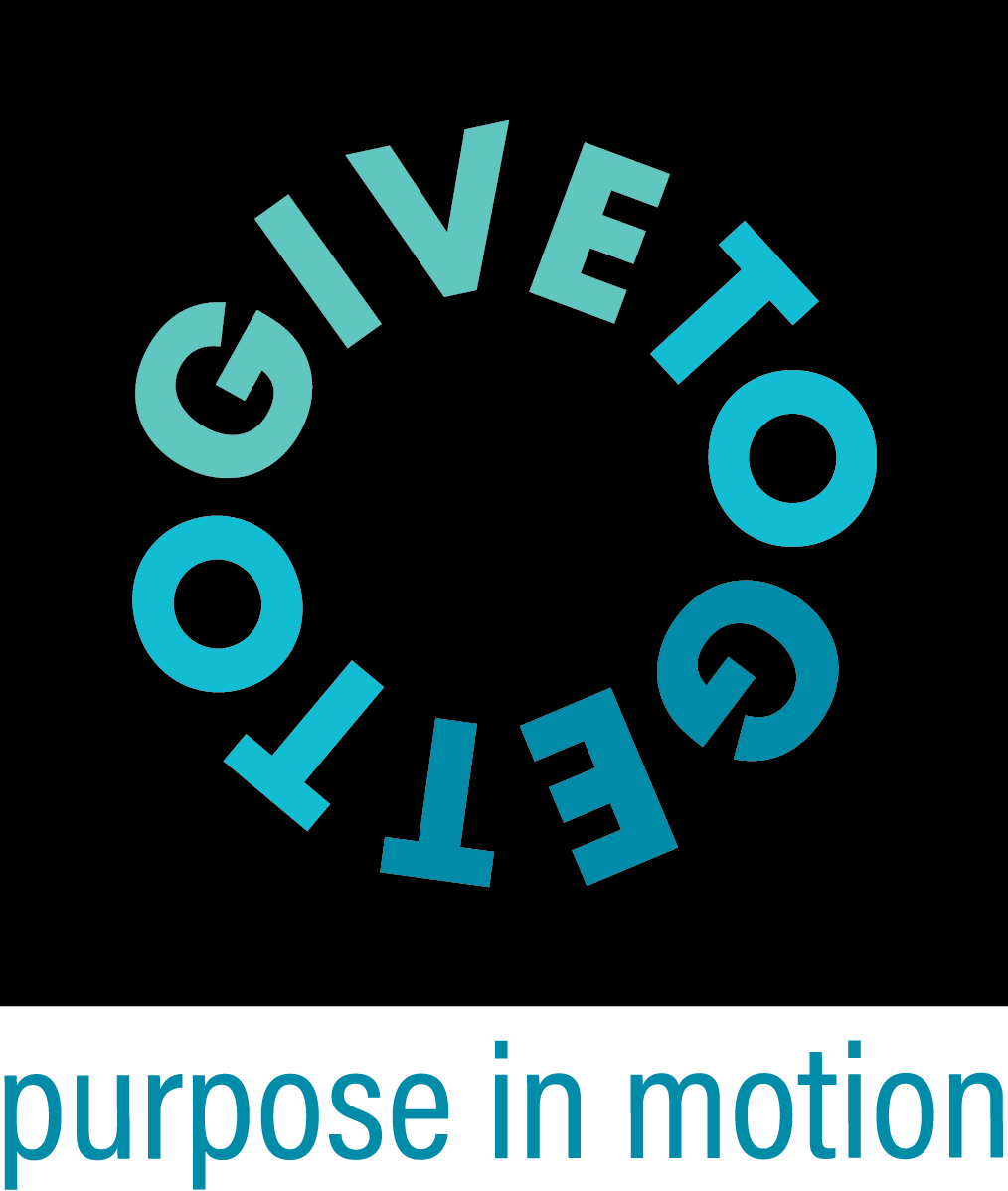How to Design An Inclusive Volunteer Program
How do you create a program that includes our headquarters, our regional offices, our retail teams, and our plant workers? This is a question we face often. For companies with a diverse and regional workforce, planning volunteer programs is a challenge. How do you accommodate those who work in call centers or manufacturing centers, retail locations, part-time employees with flexible schedules, full-time employees? And, how do so across states, countries, and cultures? Each group has different needs that you must accommodate to be successful.
Involve representatives from each employee group:
Full-time corporate employees are often the first asked to assist in planning volunteer events. However, they may not understand others’ concerns and limitations. For example, they may choose to host events on weekends, knowing that their corporate colleagues should be free to attend; but these times are often the busiest for retail employees. A diverse planning team is the bedrock for an inclusive well-rounded program.
Plan ahead to avoid particularly busy times for all teams:
We generally recommend planning events at least eight weeks out to allow corporate employees to adjust their schedules. However, in many organizations, hourly workers may need to request time off even further in advance, especially if your event is around a holiday when retail stores may be overwhelmed. Additionally, manufacturing teams that need to meet quarterly goals may need to avoid production stoppages at the end of those periods. This all means that a “day of giving” may sound the best, but a “week of giving” or month for that matter, may create better engagement across the company.
Use the best communications platforms for your teams:
In the corporate setting, sending emails and calendar invitations can be enough to get employees excited to attend events, but for those who check email sporadically, it may not be enough. Consider how your employees are most likely to receive information, retain it, and act on it. Posting signage about the event, QR codes that drive to an app-based registration, or old school pen and paper sign-up sheets in high-traffic areas like cafeterias or break rooms may be a better option for some. Lastly, don’t forget about word-of-mouth. Influencers are all the rage on social media for a reason — being inspired by a co-worker to signup can be the most powerful motivator for participation.
Flexibility on event locations and styles:
In the past, the market was of two minds: companies could donate to a charity or send teams to the nonprofit’s doorstep to volunteer. Today, if you’re creating a day of service, consider hosting events at the same time, but in different locations. Offsite, at the nonprofit, would cater to full-time employees with more flexibility in their schedule. Bringing volunteering onsite or sending volunteer projects to employees’ homes can be complimentary when designed around a single cause across multiple markets or countries. For example, employees who travel to a homeless shelter might deep clean, meal prep, and complete other tasks. The employees who remain onsite could pack hygiene kits, make blankets, and write cards of support.
All along the way, plan with intention:
There are three stakeholders at the root of each program. The company or brand, the participant, and the nonprofit partner(s). Often, we see a program that has been designed to be successful for one or two of these stakeholders, but all three should be considered. A successful program will:
1. Be aligned with the company or brand’s mission and purpose.
2. Be engaging and create community for the participant.
3. Be valuable and sustainable for the nonprofit partner.
Give To Get has more than 25 years of experience defining, developing, and deploying social impact programs and campaigns. As you begin planning more volunteer events for this year, we’d be happy to assist you. Contact our team today to learn more.








